Waste Sorting Factory Setup
To ensure that the equipment and technology preparation for a waste sorting factory can proceed smoothly, a series of prerequisites need to be met. These conditions not only help in selecting and installing appropriate equipment but also ensure that the plant meets expected efficiency and environmental standards during operation. Below are the specific prerequisites:
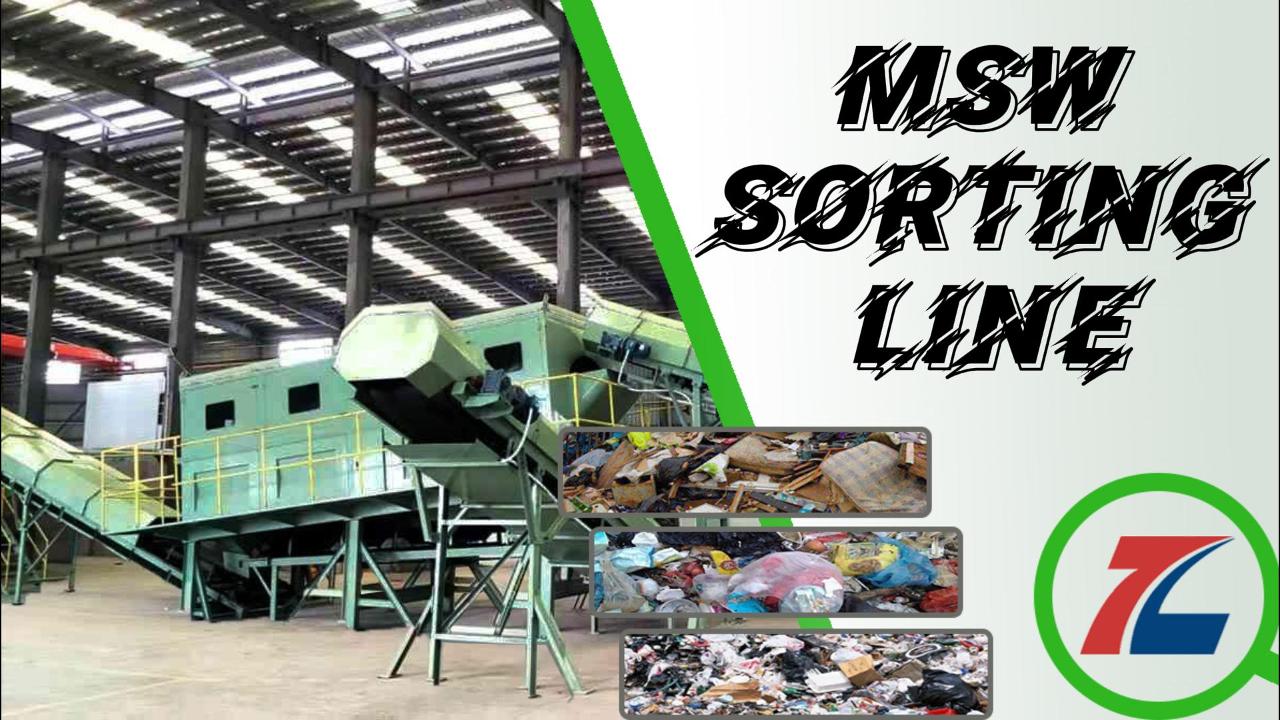
1. Demand Analysis:
- Clearly define the volume, types, and characteristics of waste to be processed, assessing the required daily processing capacity.
- Determine the precision of sorting needed and the service scope (e.g., whether it includes hazardous waste handling).
2. Technology Route Selection:
- Based on the composition of waste, select suitable processing technologies, such as Mechanical Biological Treatment (MBT), pyrolysis gasification, anaerobic digestion, etc.
- Choose a technology solution that maximizes resource recovery rates while minimizing environmental impact.
3. Supplier Screening and Collaboration:
- Conduct market research on available equipment and technologies, choosing reliable suppliers or partners.
- Refer to successful cases from other similar projects and evaluate the actual performance of the equipment.
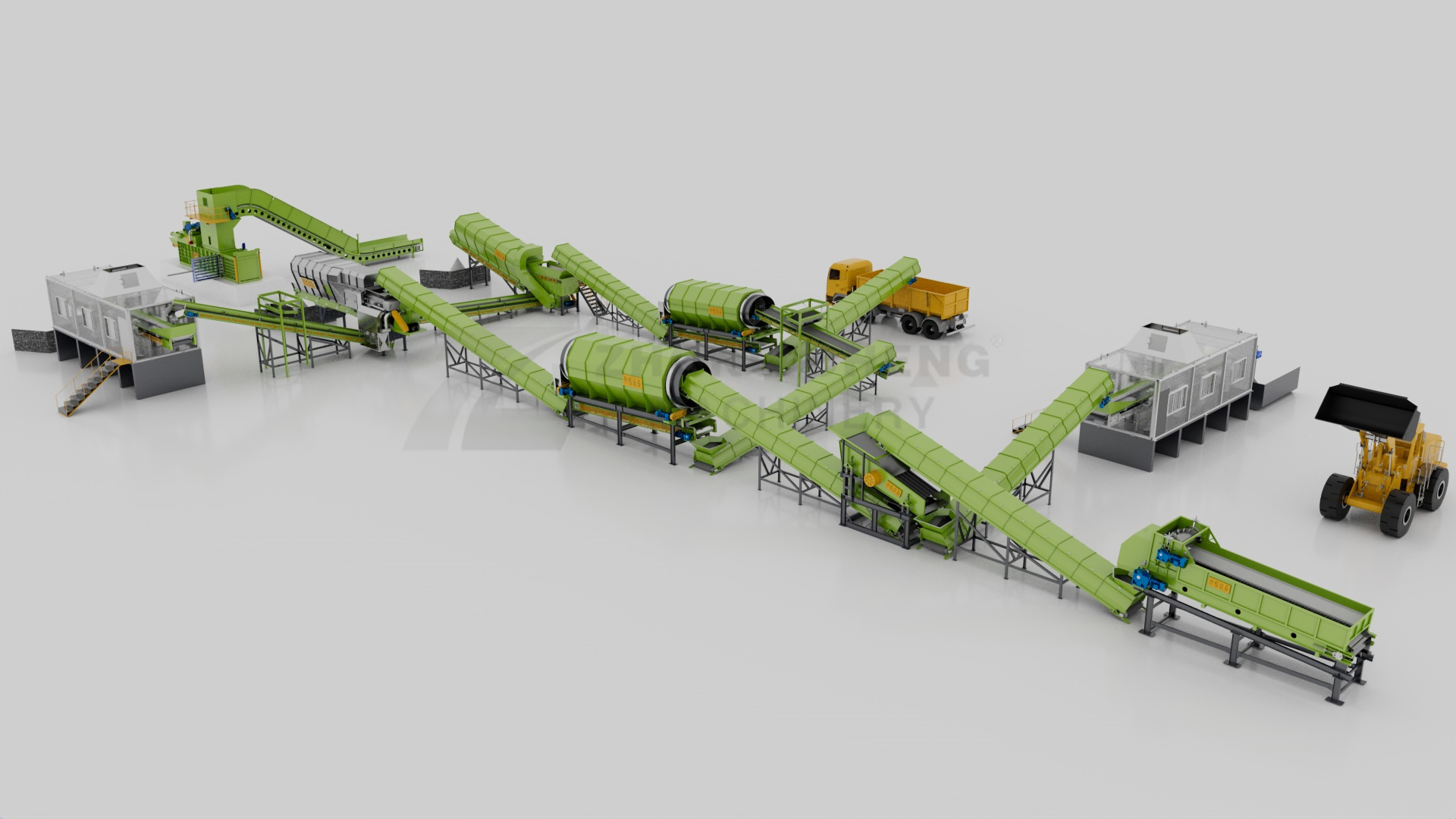
4. Equipment Selection:
- Select corresponding sorting equipment based on the chosen processing technology, such as automated sorters, magnetic separators, wind sifters, drum screens, etc.
- Consider the durability of the equipment, maintenance costs, and technical requirements for operators.
5. Technical Support and Training:
- Confirm that the supplier can provide comprehensive technical support services, including installation, commissioning, regular maintenance guidance, etc.
- Arrange for professional technicians to receive training on equipment use and maintenance to ensure they acquire the necessary skills.
6. Infrastructure Compatibility:
- Ensure there is sufficient space for equipment placement, considering potential future expansion needs.
- Check if water, electricity, and gas supplies are adequate and stable to ensure the normal operation of the equipment.
- Establish a complete wastewater treatment system to ensure effluent discharge meets standards.
7. Safety and Environmental Measures:
- Equipment should comply with national regulations concerning workplace safety and environmental protection.
- Equip with necessary dust prevention, noise reduction, and odor removal devices to minimize impacts on the surrounding environment.
8. Testing and Acceptance:
- After equipment installation, conduct comprehensive testing to verify its functionality meets design requirements.
- Organize relevant departments for final acceptance, ensuring all equipment is in good working condition.
| Model | Length Range | Segment No. | Aperture Size | Power (Kw) | Inclined Angle | Max. Material Size | Rotating Speed(rpm) |
| ZCφ600 | 2-4m | 1-2 | ≤30mm | 2.2-3 | 0-7° | 60mm | 12-18 |
| ZCφ800 | 2-5m | 1-3 | ≤50mm | 3-5.5 | 0-7° | 100mm | 12-18 |
| ZCφ1000 | 2-6m | 1-4 | ≤100mm | 4-11 | 0-7° | 150mm | 10-18 |
| ZCφ1200 | 3-8m | 1-4 | ≤150mm | 5.5-18.5 | 0-7° | 200mm | 9-15 |
| ZCφ1500 | 3-10m | 1-5 | ≤200mm | 7.5-22 | 0-7° | 250mm | 9-15 |
| ZCφ1800 | 4-12m | 1-5 | ≤220mm | 7.5-22 | 0-7° | 270mm | 8-15 |
| ZCφ2000 | 5-15m | 1-5 | ≤250mm | 11-30 | 0-7° | 300mm | 8-12 |
| ZCφ2500 | 5-18m | 1-6 | ≤300mm | 11-30 | 0-7° | 350mm | 8-12 |
9. Continuous Improvement Mechanism:
- Set up feedback channels to collect issues discovered during routine operations and make timely adjustments and optimizations.
- Stay informed about industry trends and technological advancements, introducing more advanced technologies and management practices when appropriate.
10. Compliance with Laws and Regulations:
- Ensure that the selected equipment and technology comply with current local laws and regulations, especially those concerning environmental protection.
- Understand and comply with any special licensing requirements for imported equipment or technology (if applicable).
By adequately preparing these prerequisites, a solid foundation can be laid for the equipment and technology selection of a waste sorting factory, thereby ensuring the project's smooth implementation and efficient operation.
-
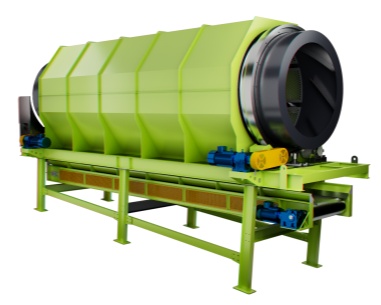 Trommel screenTrommel screen, also known as drum screens, are widely used in various industries for sorting and separating materials.Get Quote
Trommel screenTrommel screen, also known as drum screens, are widely used in various industries for sorting and separating materials.Get Quote -
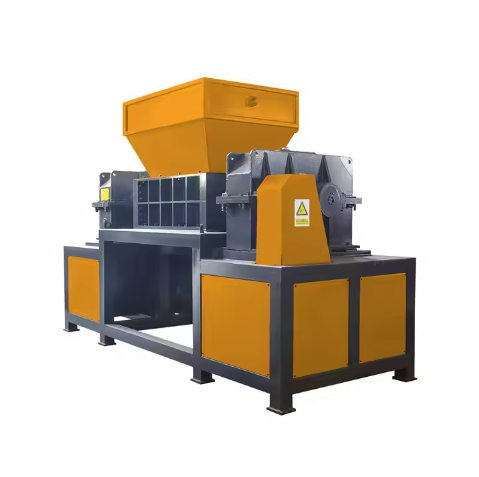 Crop straw double shaft shreddApplications:Biomass Energy Production: Shredded straw can be used as a feedstock for bioenergy plants to produce electricity or heat.Livestock Feed: Reduced-si...Get Quote
Crop straw double shaft shreddApplications:Biomass Energy Production: Shredded straw can be used as a feedstock for bioenergy plants to produce electricity or heat.Livestock Feed: Reduced-si...Get Quote -
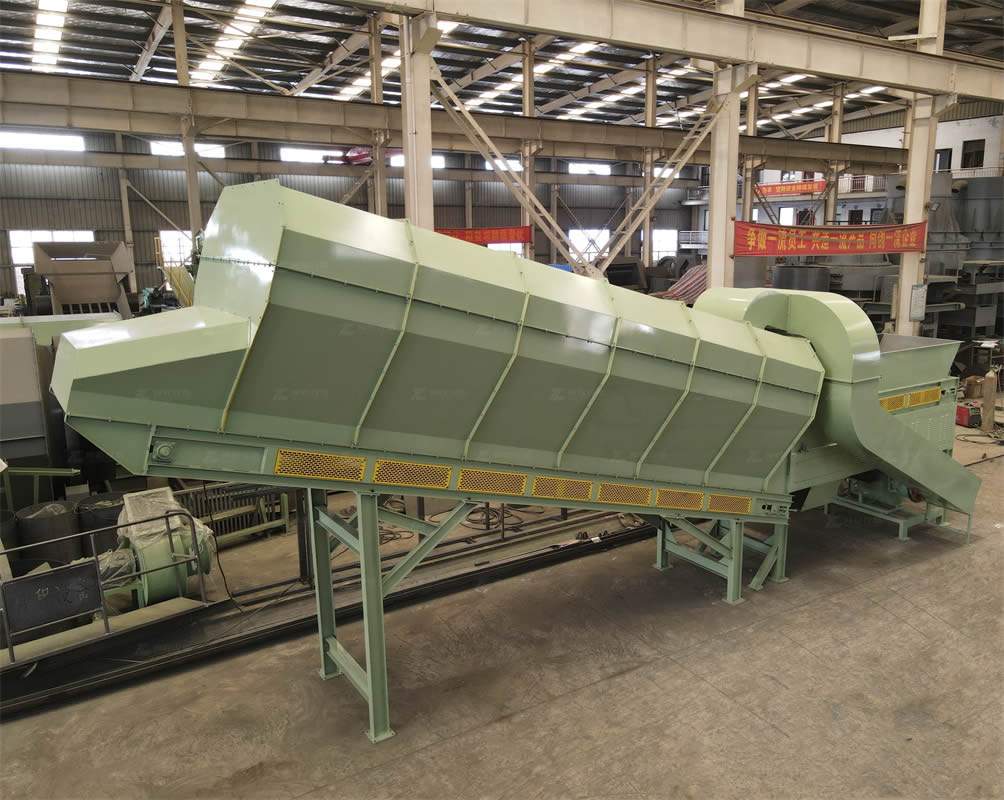 Zhongcheng Air Drum SeparatorAir drum separators effectively separate lightweight materials (e.g., plastics, paper) from heavier materials (e.g., metals, glass). This high efficiency is cru...Get Quote
Zhongcheng Air Drum SeparatorAir drum separators effectively separate lightweight materials (e.g., plastics, paper) from heavier materials (e.g., metals, glass). This high efficiency is cru...Get Quote
-
2024-06-08Five factors influencing the output of a drum screen.The input efficiency and separation efficiency of the drum screen are controlled by the screen hole size, drum screen diameter, rotation speed, baffle type and ...
-
2024-07-16Twin-shaft shredders: ideal for efficient processing of waste and recycling materialsA double-shaft shredder is a mechanical device used to process waste and recycle materials. Its main feature is that it has two rotating shafts with serrated bl...
-
2024-06-05Waste Trommel And Copmost TrommelHowever, it's important to choose the right type of drum screen based on your specific needs. Today, Kevin from Zhongcheng Company will explain the differences...
-
2024-06-11Optimize Your Waste Management Today with Our Advanced Drum ScreensUnderstanding the Mechanism and Optimization of Drum Screens for Waste Management
-
2023-01-18Metal BalerMetal baler, specifically a hydraulic metal baler, is a machine designed to compress scrap metal into dense, manageable bales. This equipment is widely used in ...



